-

WE TEACH CLASS 4,5 & 7
JOIN THE BEST DRIVING SCHOOL IN ABBOTSFORD
We teach 7 days a week and work around our student’s busy home, school and work schedules.
We also pick up and drop off at school, work, or home! -

Do You Want To Learn How To Drive?
We will teach you in a calm, professional style how to drive both confidently and competently. -

Your Perfect Choice For Driving Lessons
Much more than simply providing you with the skills to pass your road test.
Driving lessons in Abbotsford | Mission | Aldergrove
Welcome to Aarav Driving School - Your Destination for Class 4, 5 and 7 Driving Lessons in Abbotsford, BC
Almost 99% of our student get their License in first attempt.
Whether you are existing driver or a new driver who needs help preparing the road test, We have qualified instructors who can help you. To
start your training, call us and we will be happy to help you.
We understand that no one is born knowing how to drive, but that it is a skill that is obtained through proper training, understanding of the rules and experience through practicing good habits. Ultimately drivers cannot assess their own skill level and can benefit from having a skilled, trained professional in the passenger’s seat to observe, teach and correct the actions required to be a safe and legal driver. We want to develop lifelong driving habits and behaviors in our new young drivers and create a safe environment for all of us, one driver at a time.
We don`t want you to just pass your road test, we want you to pass your road test with excellent driving skills and behaviors that will enable you to drive any vehicle in any weather conditions. Our goal is to help produce the best, safest and most competent drivers.
Thank you for your interest in our driving school. We look forward to teaching your children, friends and family members the best and safest way to become an excellent driver.
- Dual control vehicles
- We train all ages
- Patient & experienced instructors
- We help nervous & the elderly
- Quick road test Tips & Advice
- Male/Female Instructors
Main Services
Our Features
Helping local teens pass their written tests and behind-the-wheel driving tests for years.
Dual Control Vehicles
Cars equipped with dual steering wheel and dual brake/gas pedals for your safty.
Exprienced Instructor
All our Instructor are Govt. Licensed, mentally and physically fit and have decade or more of Instruction History.
Best Safety Features
Our Instructor are Highly Trained in the latest Safety Techniques & Rules of the Road.
Our Latest Work
Our Portfolio
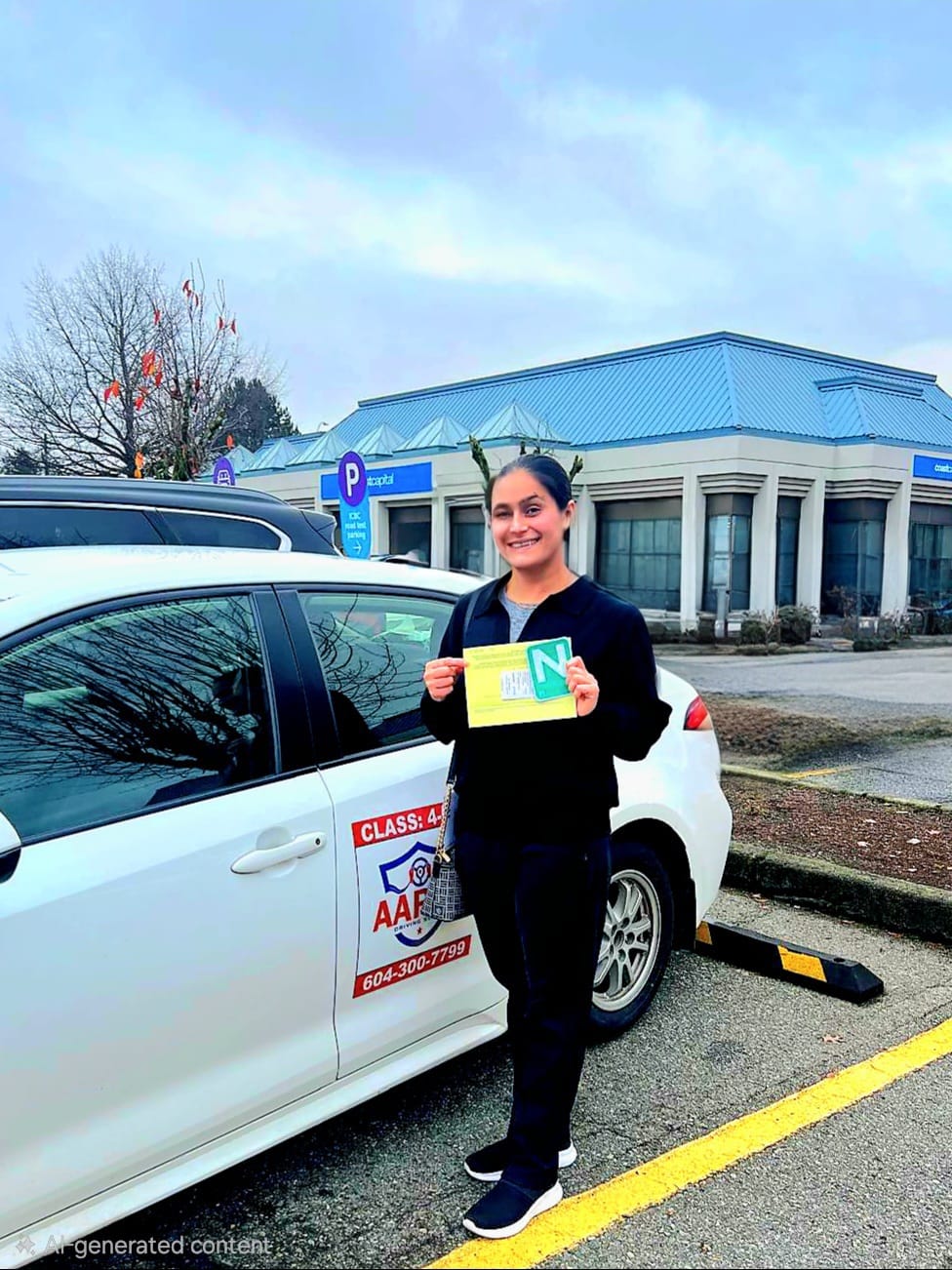

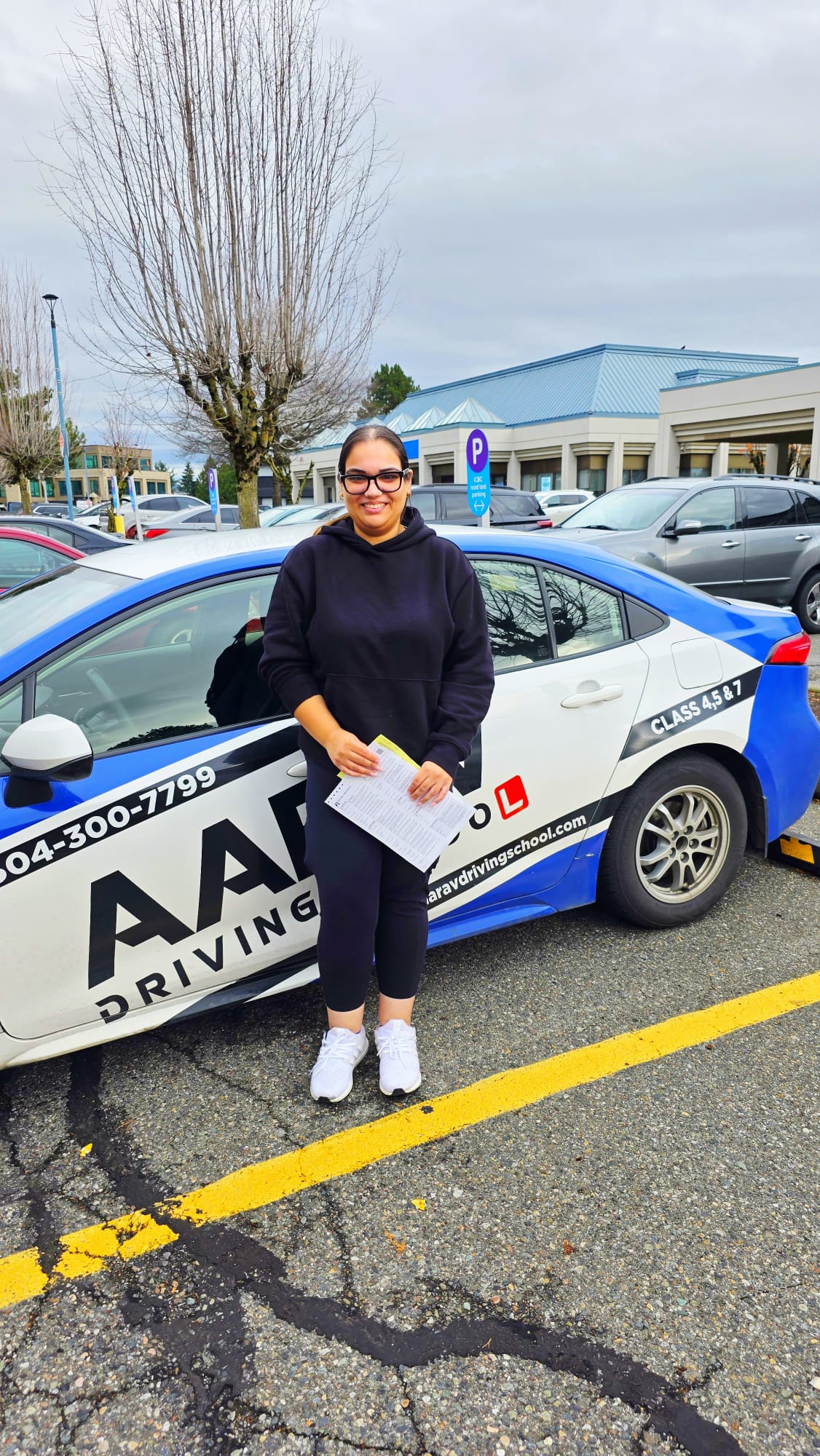
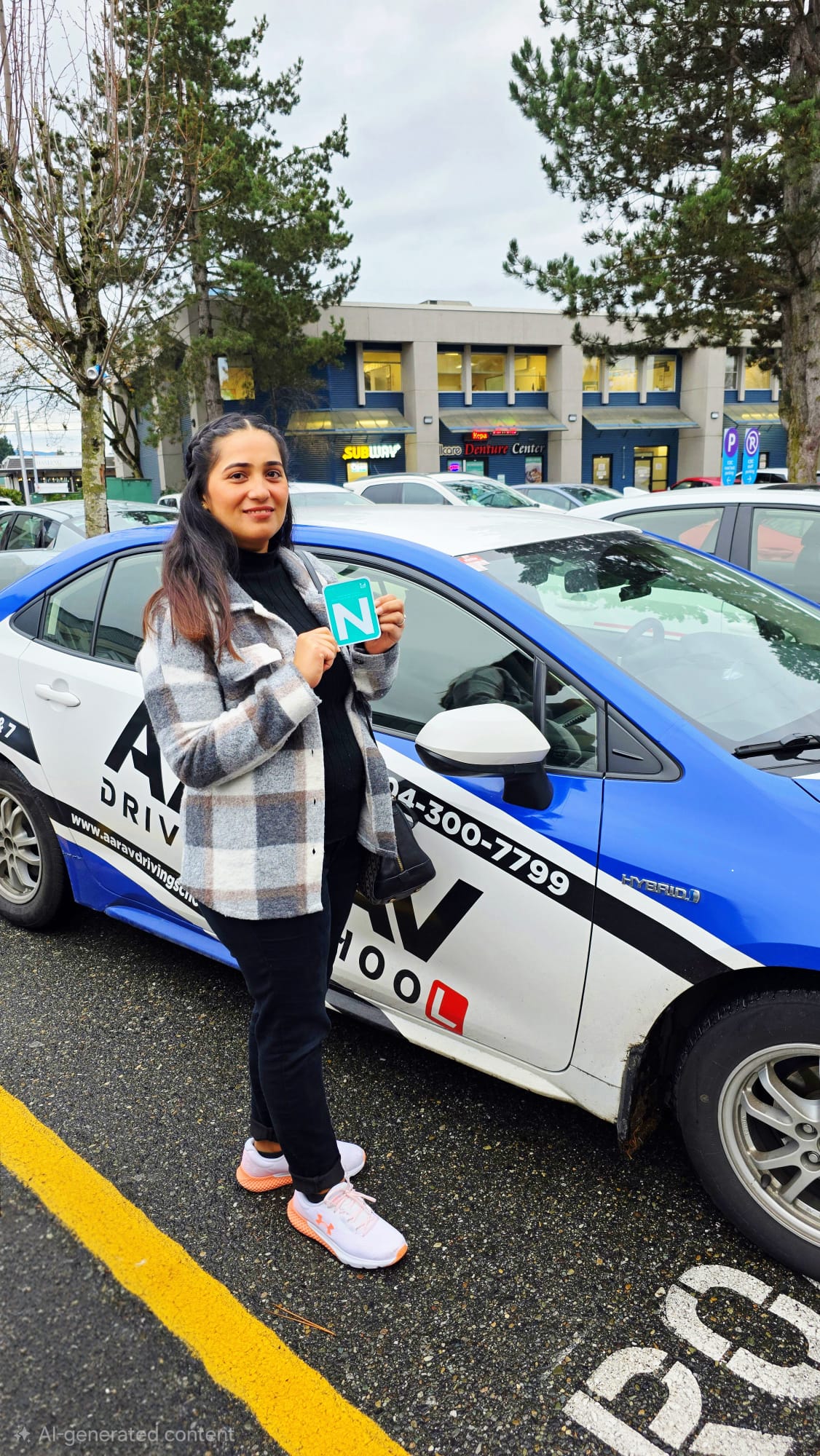
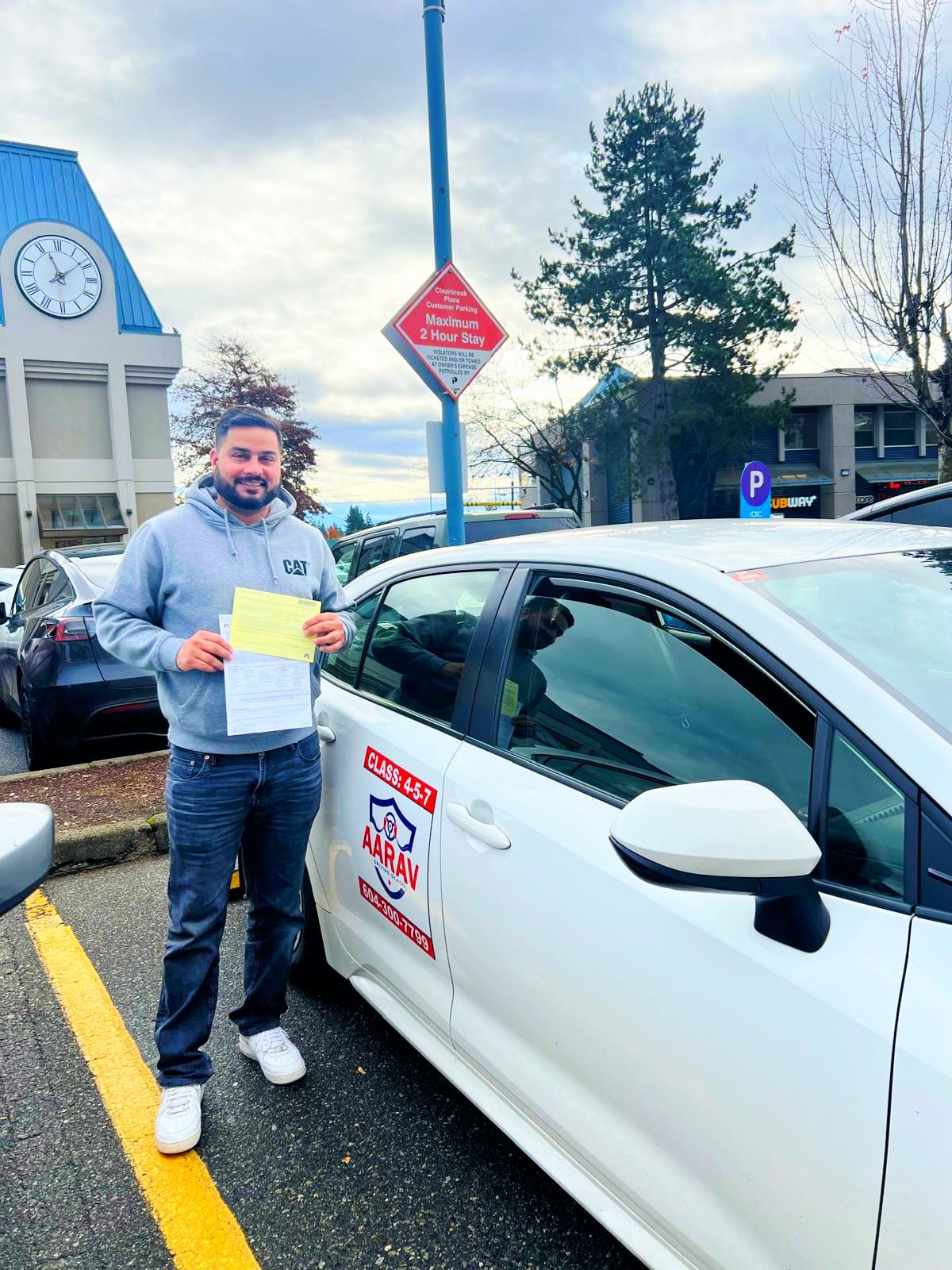

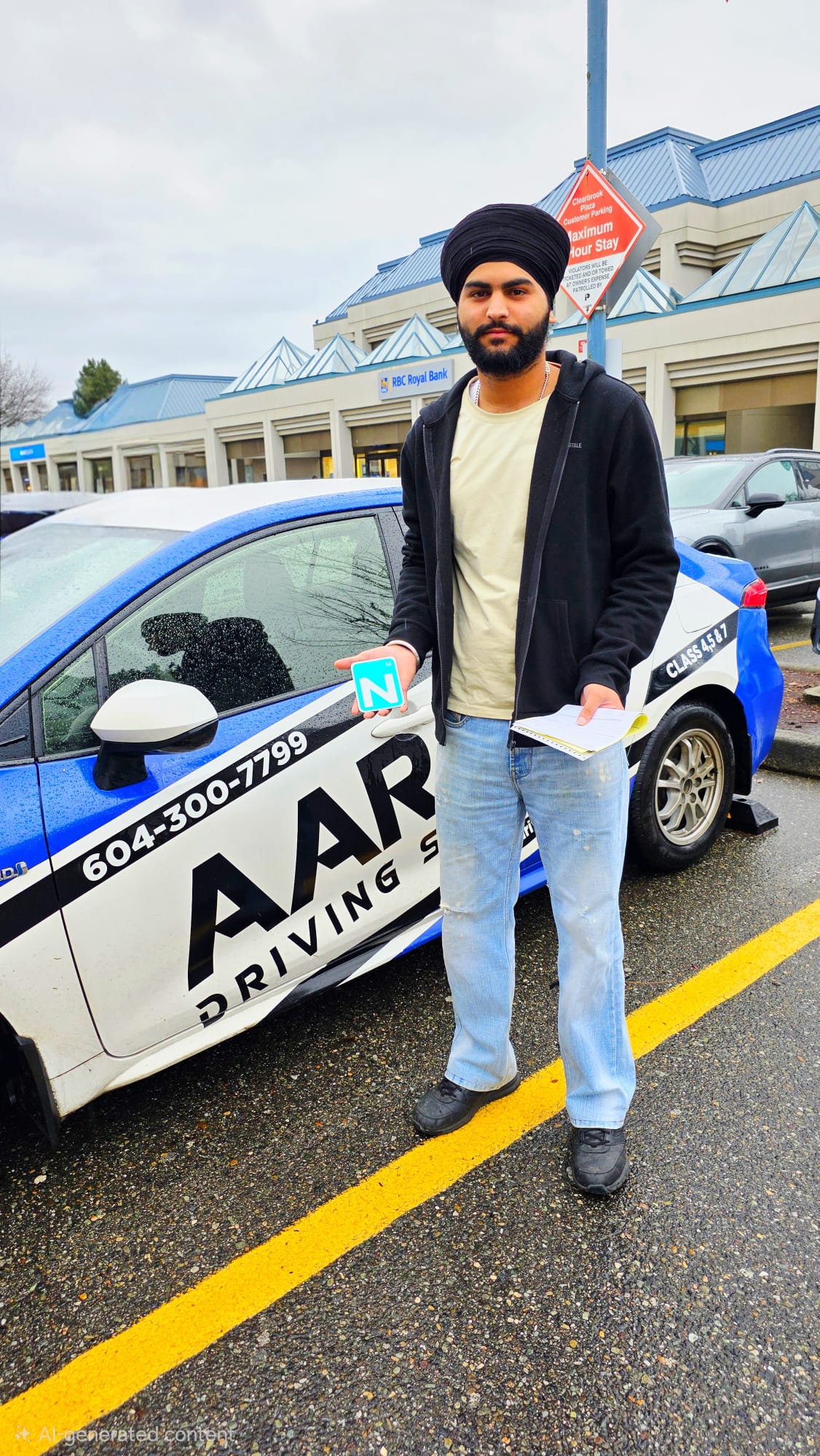
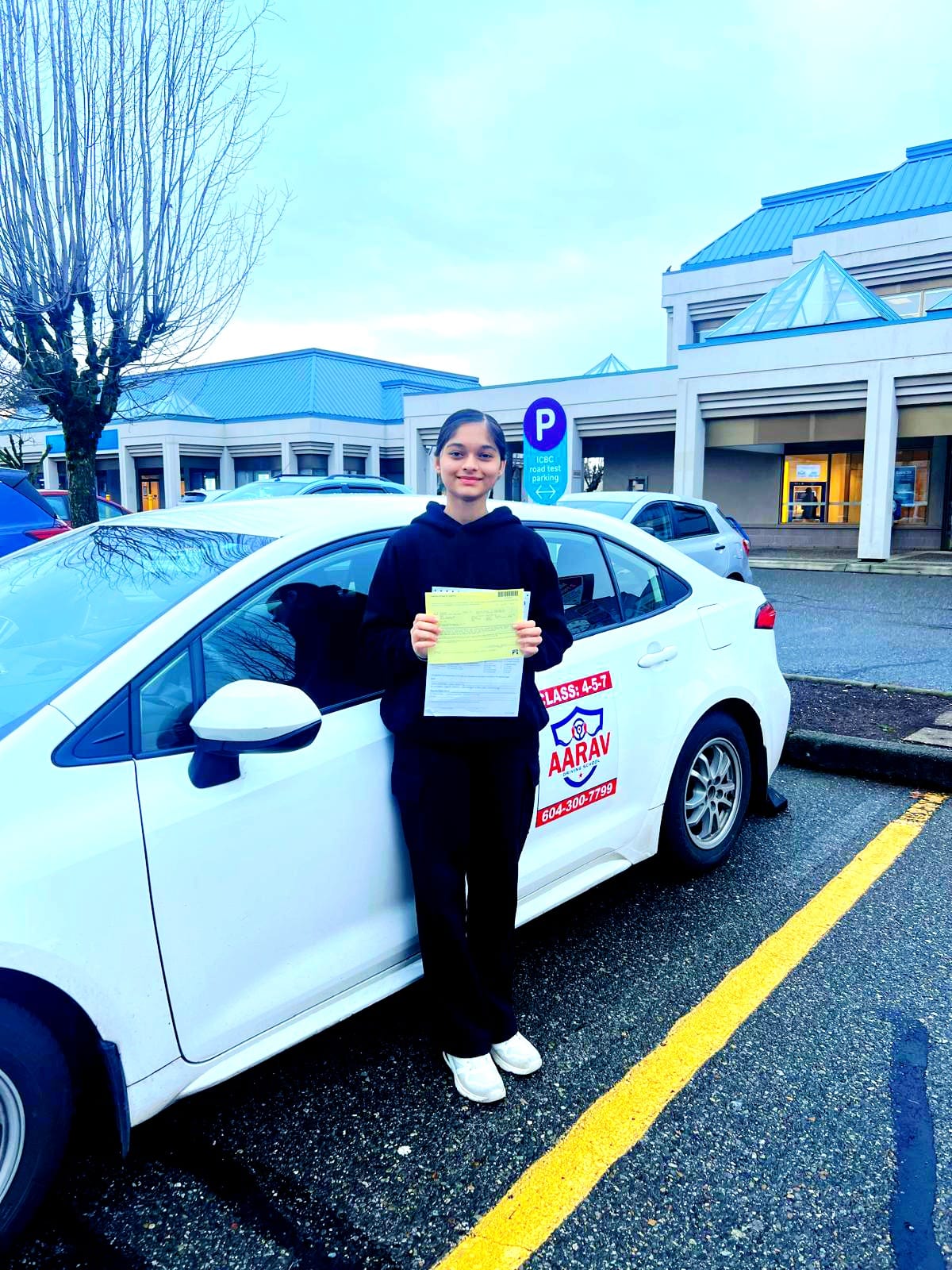
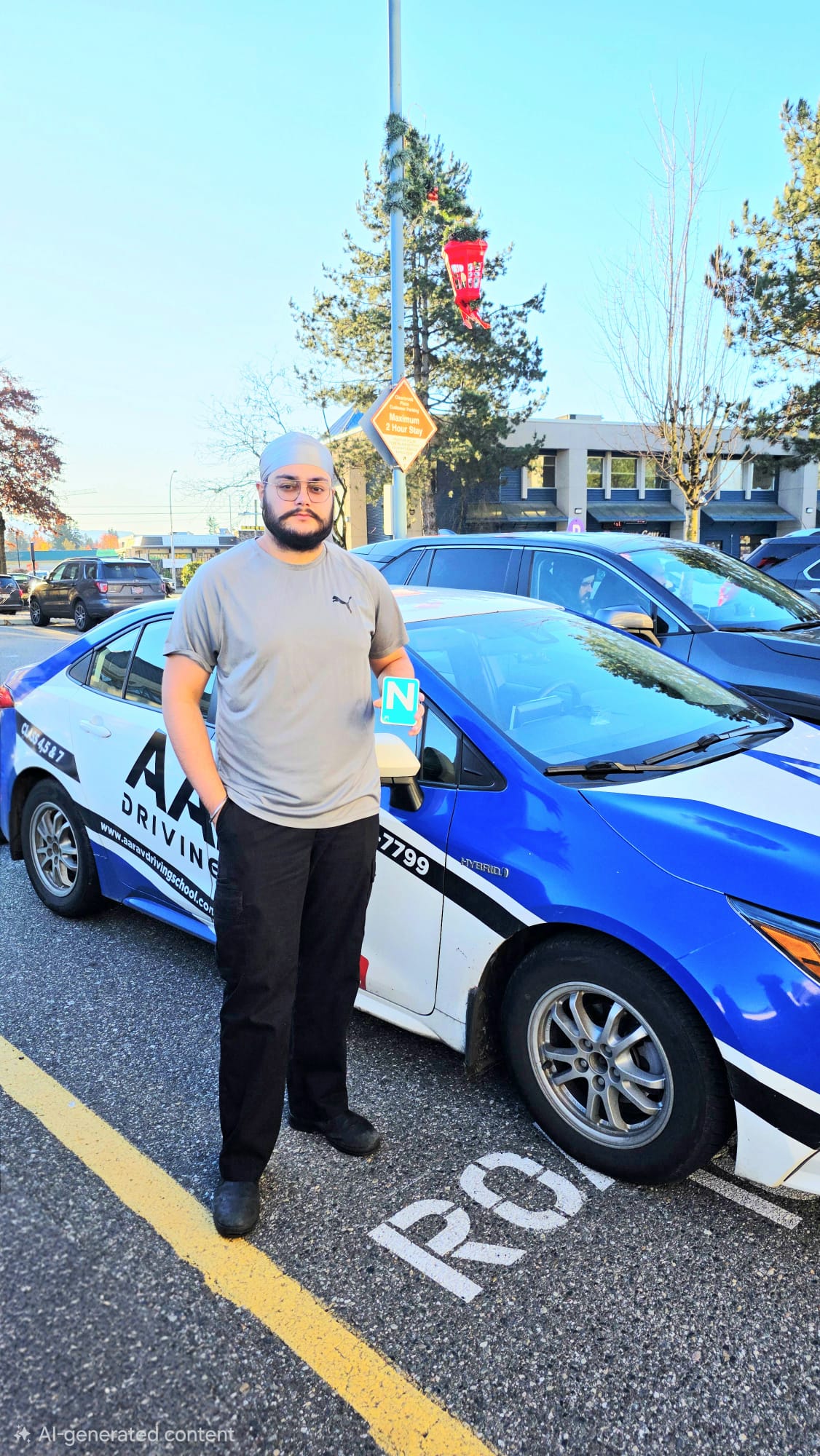
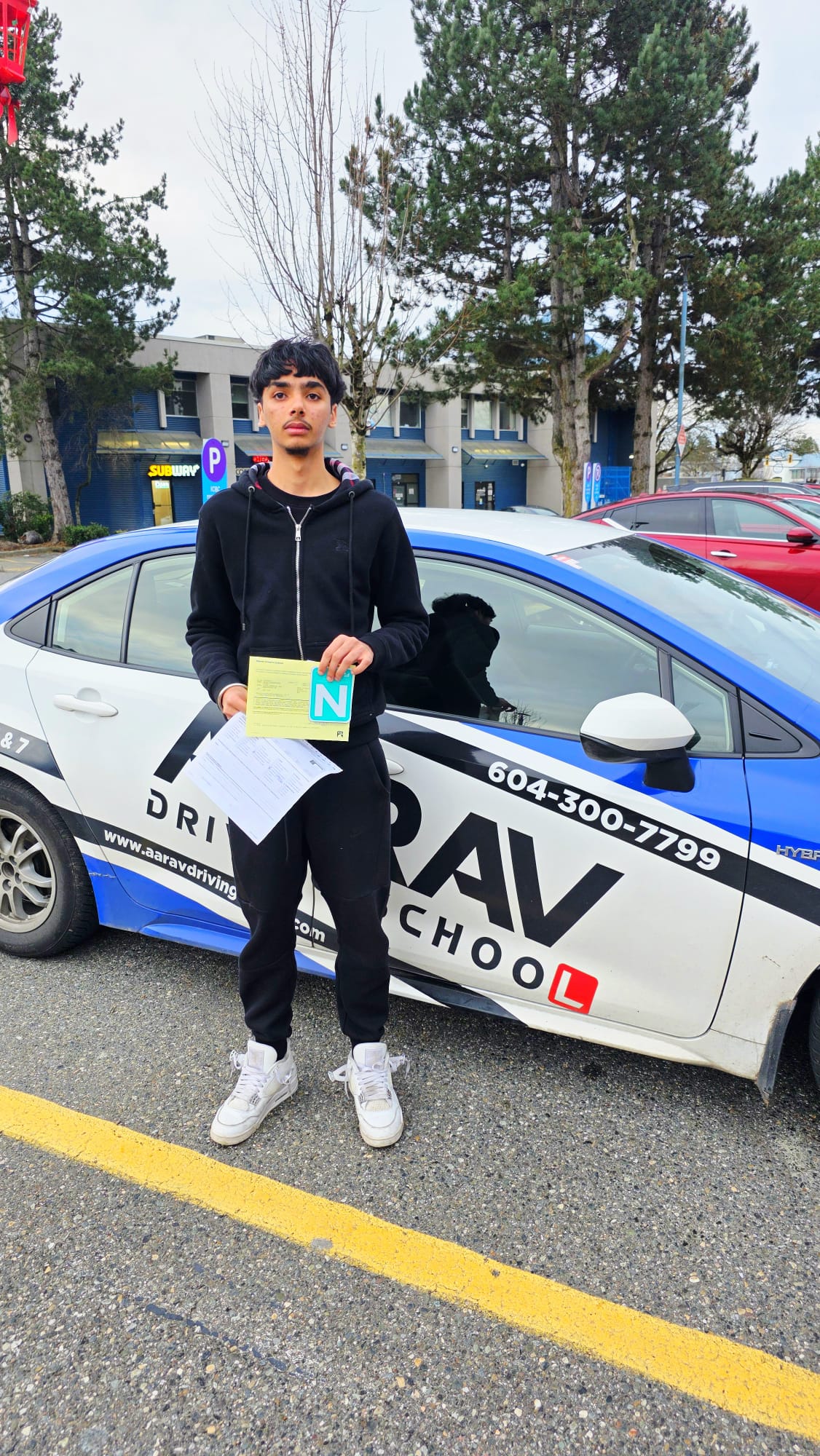
Frequently Asked Questions
Asked Questions
-
How long does it take to learn to drive?
The time it take to learn to drive varies significantly from person to person, depending on their ability to master the skills required.
-
Is it better to have 1 or 2 hour driving lessons?
Overall, 2 hours driving lessons offer a more comprehensive, personalized, and cost-effective learning experience compared to shorter or longer lessons. They provide the perfect balance of instruction, practice, and personalized attention to ensure that students are able to learn effectively and safely.
-
How many lessons should I take of driving?
The more lessons you take, the better you will become at driving. You'll pass your test faster if you take multiple driving lessons each week.
-
Can I be picked up at School, Home or Work?
Yes, we will pick you up from any of those locations.
Ask Your Questions
Question Form
Our Great Team
Meet Our Qualified Instructors

Iqbal Dhillon
Instructor

Ranjit Dhillon
Instructor
Affordable Driving Lessons in Abbotsford
Our Pricing
Class 5/7 Driving Lesson in Abbotsford
$55
1-hr
- Class 5/7 Driving Lesson in Aldergrove $85/1-hr
- One-on-one Training
- Read our Policies!
Class 5/7 Road Test Car Rent
$85
Road Test in Abbotsford
- Aldergrove $100
- Mission $150
- Road test Abbotsford to Chilliwack,Hope,Agassiz check price here
- One-on-one Training
- Read our Policies!
Class 5/7 Driving Lesson in Aldergrove | Mission | Chilliwack
$140/2-hrs
or $85/1-hr
- One-on-one Training
- Read our Policies!
Class 4 Driving Lesson/Pre-Trip Inspection in Abbotsford
$115
Pre-Trip + On Road (1.5 hrs.)
- Class 4 Lesson Only $75
- Class 4 Road Test Car Rent $130
- One-on-one Training
- Read our Policies!
Student Feedback
Testimonials
This is a true google review.
If you are new to driving or have not driven at all, Iqbal Dhillon is the instructor for you! Not only is he understanding, he is very interactive and is well aware of your limits and will not push you to do things you are not comfortable with. He is very polite, docile and communicative. It was a 10/10 experience for a more than reasonable price.
I had an overall awesome experience with AARAV driving school. Mr.Dhillon is the most AMAZING instructer ! He is very patient, knowledgeable, polite and has positive attitude. He gives lots of useful tips. I took several lessons from Mr.Dhillon and they helped me a lot. I would highly recommend AARAV Driving school to all new drivers. I really have no words for his patience and hard work👍👍👍👍
Mr Iqbal is a great driving instructor with vast knowledge and experience, answer all the queries of d new drivers patiently and calmly. makes driving really easy and safe with his quick and easy tips. if u want to pass the road test in first attempt, AARAV driving school is the right choice for everyone.
It was such a great experience.Mr.iqbal is such a nice guy and he taught me each and every thing that i should know about driving,so nicely that i passed my road test in just one try.i am glad that i choose AARAV driving school.
I am so glad that I choose Aarav driving School. My instructor (Iqbal) was a great instructor. I was so nervous when I first started my lessons, but he was really calm and made me feel at ease.
He’s definitely passionate about safe driving, and his patience, explanations, and use of examples with making different scenarios really helped my understanding and built my confidence that I have cleared my road test in the first attempt and got my Novice license.
Would highly recommend!
Thank you AARAV Driving School!!
We retained AARAV Driving school to take a driver from L to N the driver only had limited hours behind the wheel she passed her N Thank you AARAV Driving School. Also they have a great Payment System and they email you your receipt immediately VERY PROFESSIONAL!!!! Great JOB!
Mr. Iqbal is the best driving instructor I have ever had. (Other than my grandfather), he explains everything you need to know, is very nice and tells you what will be on the road test, has you practice everything multiple times and he helped me to get pass my road test on my first attempt. This is the only driving school that I will recommend as I have been to others and he is by far the best instructor.
The experience with the Aarav Driving School is amazing. I personally special thanks to Iqbal Dhillon Sir who gave me great skills and knowledge about the driving and help me to get my class 5 license in very few time. The driving car is very comfortable for driving and everyone can get their License by giving the test in that car. That's all my experience with Aarav Driving School. I strongly recommend to everyone to take lessons from him and reach to their success.
My experience with aarav driving school was the best,the instructor Was really dedicated ,patient,kind and knowledgable who would always give useful tips on how to drive safely .. it helped me to gain my class 5 really fast... thanks for all your guidance...aarav driving school is the best!!!
One of the best instructor. The lessons were rigorous and professional. The valuable lessons contributed to improving my driving skills and pass the Class 5 road test on the first shot. AARAV driving is a very professional body. Those lessons not only helped me successfully through road test but empowered me with know-how to drive safely in Canada. I wish this Driving School plenty of success and my highest recommendation for anyone who wish to learn driving in BC-Abbotsford
I had zero driving experience and after taking lessons with Iqbal I felt confident and safe out on the road. I successfully got my N the first time I went for the test. The pricing for lessons is very fair and Iqbal is very flexible for scheduling lessons that suit everyone’s schedules. Thank you again!
Instructor Mr. Iqbal was on time and prepared. He picked up my son for his first lesson and he was professional and seemed like a nice guy. Of course when my son returned from his lesson, I grilled him about every single detail. My son said he learned a lot and was felt more comfortable behind the wheel. He said instructor was patient, very easy-going and actually really funny. My son was nervous he would be stuck in awkward silence for two hours. That obviously was not the case. Give this guy a call!
Pass Your Road Test on 1st. Attempt!
Our Top Blogs

Jan
2012
2012
Why people fail on their driving test!
There are several reasons why a student might fail their driving test:
1. Nerves and Anxiety: Many students get nervous during their driving test, which can lead to mistakes they wouldn't normally make.
2. Not Fully Prepared: Insufficient practice or preparation can result is not being fully comfortable with all aspects of driving, such as parking, lane change, merging, or following traffic rules.
3. Making Critical Errors: This could include things like running a stop sign or red light, failing to yield the right-of-way.
4. Not Understanding Traffic Signs and Signals: Misinterpreting or not recognizing traffic sings and signals can lead to mistakes during the test.
5. Poor Vehicle Control: Difficulty with steering, braking, or using mirrors effectively can result in errors.
6. Lack of Focus: Being distracted during the test can cause students to miss important instructions or overlook traffic signals.
7. Overconfidence: Some students may be overly confident and take risks or make errors because they assume they know everything already.
8. External Factors: Sometimes external factors such as weather conditions or unexpected situations on the road can contribute to a failed test.
Addressing these issues typically involves more practice, staying calm under pressure, and ensuring a thorough understanding of traffic laws and safe driving practices.
1. Nerves and Anxiety: Many students get nervous during their driving test, which can lead to mistakes they wouldn't normally make.
2. Not Fully Prepared: Insufficient practice or preparation can result is not being fully comfortable with all aspects of driving, such as parking, lane change, merging, or following traffic rules.
3. Making Critical Errors: This could include things like running a stop sign or red light, failing to yield the right-of-way.
4. Not Understanding Traffic Signs and Signals: Misinterpreting or not recognizing traffic sings and signals can lead to mistakes during the test.
5. Poor Vehicle Control: Difficulty with steering, braking, or using mirrors effectively can result in errors.
6. Lack of Focus: Being distracted during the test can cause students to miss important instructions or overlook traffic signals.
7. Overconfidence: Some students may be overly confident and take risks or make errors because they assume they know everything already.
8. External Factors: Sometimes external factors such as weather conditions or unexpected situations on the road can contribute to a failed test.
Addressing these issues typically involves more practice, staying calm under pressure, and ensuring a thorough understanding of traffic laws and safe driving practices.

Feb
2012
2012
How to pass the road test on first attempt!
Passing your road test on the first attempt involves preparation, practice, and confidence. Here are some tips to help you succeed:
1. Practice Regularly: Practice driving in various conditions and situations, such as different times of day, traffic densities, and weather conditions.
2. Know the Test Requirements: Familiarize yourself with the specific requirements of the road test in your area. This might include understanding parking rules, right-of-way, signaling, and so on.
3. Take a Mock Test: If available, take a mock road test with a qualified instructor to get a feel for what the actual test will be like.
4. Review Basic Skills: Ensure you are proficient in basic driving skills such as lane changing, parallel parking, Reverse stall parking, highway merging, and using mirrors and signals.
5. Stay Calm and Focused: On the day of the test, try to remain calm and focused. Follow the examiner's instructions carefully and don't rush.
6. Practice Defensive Driving: Emphasize defensive driving techniques, such as anticipating other driver's actions and maintaing a safe following distance.
7. Understand Road Signs and Markings: Make sure you understand and can respond correctly to road signs, signals, and markings.
8. Check Your Vehicle: Before the test, check that your vehicle is in good working condition, including lights, brakes, tires, etc.
9. Review the Route: If possible, familiarize yourself with the area where the test will take place. Knowing the route can help reduce anxiety.
10. Listen to Feedback: If you make a mistake during the test, don't panic. Take note of the feedback from the examiner and focus on correcting any issues for future attempts.
By focusing on these tips and practicing consistently, you can increase your chances of passing your road test on the first attempt.
1. Practice Regularly: Practice driving in various conditions and situations, such as different times of day, traffic densities, and weather conditions.
2. Know the Test Requirements: Familiarize yourself with the specific requirements of the road test in your area. This might include understanding parking rules, right-of-way, signaling, and so on.
3. Take a Mock Test: If available, take a mock road test with a qualified instructor to get a feel for what the actual test will be like.
4. Review Basic Skills: Ensure you are proficient in basic driving skills such as lane changing, parallel parking, Reverse stall parking, highway merging, and using mirrors and signals.
5. Stay Calm and Focused: On the day of the test, try to remain calm and focused. Follow the examiner's instructions carefully and don't rush.
6. Practice Defensive Driving: Emphasize defensive driving techniques, such as anticipating other driver's actions and maintaing a safe following distance.
7. Understand Road Signs and Markings: Make sure you understand and can respond correctly to road signs, signals, and markings.
8. Check Your Vehicle: Before the test, check that your vehicle is in good working condition, including lights, brakes, tires, etc.
9. Review the Route: If possible, familiarize yourself with the area where the test will take place. Knowing the route can help reduce anxiety.
10. Listen to Feedback: If you make a mistake during the test, don't panic. Take note of the feedback from the examiner and focus on correcting any issues for future attempts.
By focusing on these tips and practicing consistently, you can increase your chances of passing your road test on the first attempt.

Mar
2012
2012
Road test tips!
Preparing for a road test can be nerve-wracking but with good preparation, you can increase your chances of success. Here are some tips:
1. Practice, Practice, Practice: Spend plenty of time behind the wheel in various driving conditions. Practice parking, lane changes, turns, and other maneuvers you'll be tested on.
2. Know the Rules: Study your state's driving manual thoroughly. Understand traffic laws, road signs, and signals.
3. Pre-Test Check: Ensure your car is in good condition. Check lights, brakes, tires, and signals before the test. 4. Stay Calm and Focused: Nervousness is natural, but try to stay calm during the test. Focus on driving safely and following instructions. 5. Mirror and Signal Use: Practice using mirrors and signaling well in advance of your test. Check them frequently during your drive.
6. Obey Speed Limits: Drive at or below the speed limit. Don’t rush; take your time to demonstrate safe driving practices.
7. Practice Parking: Parallel parking and parking in a regular space are often tested. Practice until you can do these maneuvers confidently.
8. Follow Instructions: Listen carefully to the examiner's instructions and ask for clarification if needed. Don't hesitate to ask questions before starting if something is unclear.
9. Use Smooth Movements: Avoid sudden acceleration, braking, or jerky steering. Smooth driving demonstrates control.
10. Practice Defensive Driving: Be aware of your surroundings. Anticipate what other drivers might do and be prepared to react safely.
11. Review Common Test Routes: If possible, familiarize yourself with the area where you'll be taking the test. Knowing the roads can help reduce anxiety.
12. Review After Each Practice: Reflect on your practice sessions. Identify areas where you need improvement and focus on those.
13. Rest Well Before the Test: Ensure you are well-rested on the day of your test. Being alert is crucial for safe driving.
14. Stay Positive: Believe in yourself and your abilities. A positive attitude can help you perform better.
15. Learn from Mistakes: If you make a mistake during the test, stay calm and focus on correcting it. Don't let a small error affect your overall performance.
Remember, passing a road test isn't just about your driving skills; it's also about demonstrating safe and responsible behavior behind the wheel.
By following these tips and putting in the effort to prepare thoroughly, you'll increase your confidence and readiness for your road test. Good luck!
1. Practice, Practice, Practice: Spend plenty of time behind the wheel in various driving conditions. Practice parking, lane changes, turns, and other maneuvers you'll be tested on.
2. Know the Rules: Study your state's driving manual thoroughly. Understand traffic laws, road signs, and signals.
3. Pre-Test Check: Ensure your car is in good condition. Check lights, brakes, tires, and signals before the test. 4. Stay Calm and Focused: Nervousness is natural, but try to stay calm during the test. Focus on driving safely and following instructions. 5. Mirror and Signal Use: Practice using mirrors and signaling well in advance of your test. Check them frequently during your drive.
6. Obey Speed Limits: Drive at or below the speed limit. Don’t rush; take your time to demonstrate safe driving practices.
7. Practice Parking: Parallel parking and parking in a regular space are often tested. Practice until you can do these maneuvers confidently.
8. Follow Instructions: Listen carefully to the examiner's instructions and ask for clarification if needed. Don't hesitate to ask questions before starting if something is unclear.
9. Use Smooth Movements: Avoid sudden acceleration, braking, or jerky steering. Smooth driving demonstrates control.
10. Practice Defensive Driving: Be aware of your surroundings. Anticipate what other drivers might do and be prepared to react safely.
11. Review Common Test Routes: If possible, familiarize yourself with the area where you'll be taking the test. Knowing the roads can help reduce anxiety.
12. Review After Each Practice: Reflect on your practice sessions. Identify areas where you need improvement and focus on those.
13. Rest Well Before the Test: Ensure you are well-rested on the day of your test. Being alert is crucial for safe driving.
14. Stay Positive: Believe in yourself and your abilities. A positive attitude can help you perform better.
15. Learn from Mistakes: If you make a mistake during the test, stay calm and focus on correcting it. Don't let a small error affect your overall performance.
Remember, passing a road test isn't just about your driving skills; it's also about demonstrating safe and responsible behavior behind the wheel.
By following these tips and putting in the effort to prepare thoroughly, you'll increase your confidence and readiness for your road test. Good luck!

Apr
2012
2012
Common driving mistake!
Making mistakes while driving can have serious consequences. Here are some common ones to avoid:
1. Speeding: Driving above the speed limit is a frequent mistake that can lead to accidents and tickets.
2. Failure to Signal: Not using turn signals properly when changing lanes or making turns can confuse other drivers and lead to accidents.
3. Improper Merging: Merging into traffic without yielding or without proper acceleration can disrupt the flow and cause accidents.
4. Overcorrecting: Jerking the steering wheel or braking abruptly in response to minor corrections can lead to loss of control or collisions.
5. Ignoring Blind Spots: Failing to check blind spots before changing lanes can result in collisions with vehicles that are not visible in mirrors.
6. Cutting Off Other Drivers: Changing lanes abruptly in front of another vehicle without enough space can cause rear-end collisions or force other drivers to brake suddenly.
7. Distracted Driving: This includes using phones, eating, or anything else that takes attention away from the road.
8. Tailgating: Following too closely behind the vehicle in front, which reduces reaction time and can cause rear-end collisions.
9. Running Red Lights/Stop Signs: Ignoring traffic signals or signs increases the risk of intersection collisions.
10. Improper Lane Changes: Not checking blind spots or failing to signal can lead to sideswiping or cutting off other vehicles.
11. Ignoring Road Conditions: Driving too fast in bad weather or on poorly maintained roads can result in loss of control.
12. Not Yielding Right of Way: Failing to yield when required can lead to accidents, especially at intersections.
13. Driving Too Slowly: Driving significantly below the speed limit can create hazards by impeding the flow of traffic.
14. Overconfidence: Believing you are invulnerable to accidents can lead to risky behaviors.
15. Misuse of High Beams: Failing to dim high beams for oncoming traffic or when following another vehicle can blind other drivers and create dangerous situations.
16. Not Adjusting to Traffic Conditions: Failing to adjust driving behavior to traffic congestion, construction zones, or other changing road conditions can lead to accidents.
It's important for drivers to stay vigilant, follow traffic rules, and adjust their driving behavior to ensure safety for themselves and others on the road.Avoiding these mistakes requires attentiveness, patience, and adherence to traffic laws and safety guidelines. To drive safely, it's essential to stay focused, follow traffic laws, and be aware of your surroundings at all times.
1. Speeding: Driving above the speed limit is a frequent mistake that can lead to accidents and tickets.
2. Failure to Signal: Not using turn signals properly when changing lanes or making turns can confuse other drivers and lead to accidents.
3. Improper Merging: Merging into traffic without yielding or without proper acceleration can disrupt the flow and cause accidents.
4. Overcorrecting: Jerking the steering wheel or braking abruptly in response to minor corrections can lead to loss of control or collisions.
5. Ignoring Blind Spots: Failing to check blind spots before changing lanes can result in collisions with vehicles that are not visible in mirrors.
6. Cutting Off Other Drivers: Changing lanes abruptly in front of another vehicle without enough space can cause rear-end collisions or force other drivers to brake suddenly.
7. Distracted Driving: This includes using phones, eating, or anything else that takes attention away from the road.
8. Tailgating: Following too closely behind the vehicle in front, which reduces reaction time and can cause rear-end collisions.
9. Running Red Lights/Stop Signs: Ignoring traffic signals or signs increases the risk of intersection collisions.
10. Improper Lane Changes: Not checking blind spots or failing to signal can lead to sideswiping or cutting off other vehicles.
11. Ignoring Road Conditions: Driving too fast in bad weather or on poorly maintained roads can result in loss of control.
12. Not Yielding Right of Way: Failing to yield when required can lead to accidents, especially at intersections.
13. Driving Too Slowly: Driving significantly below the speed limit can create hazards by impeding the flow of traffic.
14. Overconfidence: Believing you are invulnerable to accidents can lead to risky behaviors.
15. Misuse of High Beams: Failing to dim high beams for oncoming traffic or when following another vehicle can blind other drivers and create dangerous situations.
16. Not Adjusting to Traffic Conditions: Failing to adjust driving behavior to traffic congestion, construction zones, or other changing road conditions can lead to accidents.
It's important for drivers to stay vigilant, follow traffic rules, and adjust their driving behavior to ensure safety for themselves and others on the road.Avoiding these mistakes requires attentiveness, patience, and adherence to traffic laws and safety guidelines. To drive safely, it's essential to stay focused, follow traffic laws, and be aware of your surroundings at all times.

May
2012
2012
Defensive Driving Tips!
Sure, here are some defensive driving tips to help you stay safe on the road:
1. Stay Alert: Always be aware of what’s happening around you. Pay attention to other drivers, road signs, and potential hazards.
2. Anticipate Hazards: Scan ahead and try to predict any potential dangers such as a sudden lane change or a pedestrian crossing.
3. Maintain a Safe Distance: Keep a safe following distance between your car and the vehicle in front of you. This gives you time to react if the car ahead brakes suddenly.
4. Use Your Mirrors: Check your mirrors frequently to stay aware of vehicles approaching from behind or changing lanes.
5. Signal Your Intentions: Use your indicators to communicate your intentions to other drivers, whether you're changing lanes or turning.
6. Obey Speed Limits: Stick to the speed limit and adjust your speed according to road conditions such as weather or visibility.
7. Avoid Distractions: Keep your focus on driving. Avoid distractions like texting, talking on the phone, or adjusting the radio while driving.
8. Be Patient: Stay calm and patient, especially in heavy traffic or stressful situations. Aggressive driving can escalate dangers on the road.
9. Prepare for the Unexpected: Always have a plan for what you would do if a dangerous situation arises, such as an animal crossing the road or a sudden car swerving into your lane.
10. Practice Defensive Maneuvers: Learn and practice techniques like braking safely, steering out of trouble, and how to respond to skids or hydroplaning.
By following these tips, you can significantly reduce your risk of accidents and ensure a safer driving experience for yourself and others on the road.
1. Stay Alert: Always be aware of what’s happening around you. Pay attention to other drivers, road signs, and potential hazards.
2. Anticipate Hazards: Scan ahead and try to predict any potential dangers such as a sudden lane change or a pedestrian crossing.
3. Maintain a Safe Distance: Keep a safe following distance between your car and the vehicle in front of you. This gives you time to react if the car ahead brakes suddenly.
4. Use Your Mirrors: Check your mirrors frequently to stay aware of vehicles approaching from behind or changing lanes.
5. Signal Your Intentions: Use your indicators to communicate your intentions to other drivers, whether you're changing lanes or turning.
6. Obey Speed Limits: Stick to the speed limit and adjust your speed according to road conditions such as weather or visibility.
7. Avoid Distractions: Keep your focus on driving. Avoid distractions like texting, talking on the phone, or adjusting the radio while driving.
8. Be Patient: Stay calm and patient, especially in heavy traffic or stressful situations. Aggressive driving can escalate dangers on the road.
9. Prepare for the Unexpected: Always have a plan for what you would do if a dangerous situation arises, such as an animal crossing the road or a sudden car swerving into your lane.
10. Practice Defensive Maneuvers: Learn and practice techniques like braking safely, steering out of trouble, and how to respond to skids or hydroplaning.
By following these tips, you can significantly reduce your risk of accidents and ensure a safer driving experience for yourself and others on the road.

Jun
2012
2012
Winter Driving Tips!
Winter driving can present unique challenges due to snow, ice, and colder temperatures. Here are some winter driving tips to help you stay safe:
1. Prepare Your Vehicle: Ensure your car is winter-ready with good tires (winter tires if necessary), adequate antifreeze, a full tank of gas, and functioning brakes and lights. Keep an emergency kit in your car with items such as a blanket, flashlight, extra clothing, water, snacks, and a first aid kit.
2. Check Weather and Road Conditions:Before you leave, check weather forecasts and road conditions. Plan your route accordingly and allow extra time for travel if conditions are poor.
3. Drive Slowly and Smoothly:Reduce your speed and accelerate and decelerate slowly to maintain traction. Avoid sudden movements that could cause skidding.
4. Increase Following Distance:Leave more space than usual between your car and the vehicle in front of you. This gives you more time to react if you need to stop suddenly.
5. Use Lower Gears on Hills:Use a lower gear when going downhill and approach uphill climbs with steady speed to avoid spinning your wheels.
6. Brake Carefully:Brake gently to avoid skidding. If your car has ABS (anti-lock braking system), apply steady pressure to the brake pedal. If not, gently pump the brakes.
7. Use Your Lights:Keep your headlights on to increase visibility to other drivers, even during the day. Use fog lights or low beams in foggy conditions.
8. Be Cautious on Bridges and Overpasses:These areas freeze first and are often more slippery than other parts of the road. Approach them with extra caution.
9. Watch for Black Ice:Be aware that black ice, which is difficult to see, can form on roads, especially in shaded areas or on bridges. Drive cautiously if you suspect icy conditions.
10. Stay Informed and Alert:Pay attention to weather updates and road reports while driving. Be prepared to adjust your route or pull over if conditions worsen.
By following these winter driving tips, you can reduce the risk of accidents and safely navigate through challenging winter conditions. Always prioritize safety and be mindful of changing weather and road conditions.
1. Prepare Your Vehicle: Ensure your car is winter-ready with good tires (winter tires if necessary), adequate antifreeze, a full tank of gas, and functioning brakes and lights. Keep an emergency kit in your car with items such as a blanket, flashlight, extra clothing, water, snacks, and a first aid kit.
2. Check Weather and Road Conditions:Before you leave, check weather forecasts and road conditions. Plan your route accordingly and allow extra time for travel if conditions are poor.
3. Drive Slowly and Smoothly:Reduce your speed and accelerate and decelerate slowly to maintain traction. Avoid sudden movements that could cause skidding.
4. Increase Following Distance:Leave more space than usual between your car and the vehicle in front of you. This gives you more time to react if you need to stop suddenly.
5. Use Lower Gears on Hills:Use a lower gear when going downhill and approach uphill climbs with steady speed to avoid spinning your wheels.
6. Brake Carefully:Brake gently to avoid skidding. If your car has ABS (anti-lock braking system), apply steady pressure to the brake pedal. If not, gently pump the brakes.
7. Use Your Lights:Keep your headlights on to increase visibility to other drivers, even during the day. Use fog lights or low beams in foggy conditions.
8. Be Cautious on Bridges and Overpasses:These areas freeze first and are often more slippery than other parts of the road. Approach them with extra caution.
9. Watch for Black Ice:Be aware that black ice, which is difficult to see, can form on roads, especially in shaded areas or on bridges. Drive cautiously if you suspect icy conditions.
10. Stay Informed and Alert:Pay attention to weather updates and road reports while driving. Be prepared to adjust your route or pull over if conditions worsen.
By following these winter driving tips, you can reduce the risk of accidents and safely navigate through challenging winter conditions. Always prioritize safety and be mindful of changing weather and road conditions.



